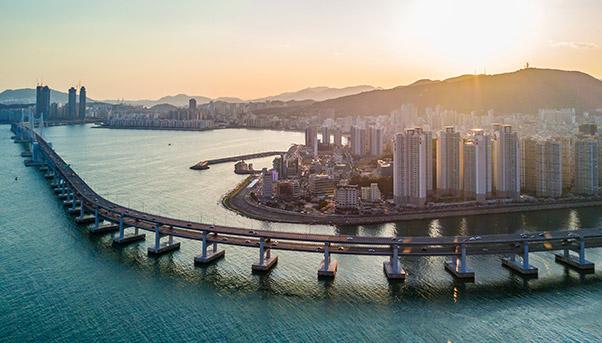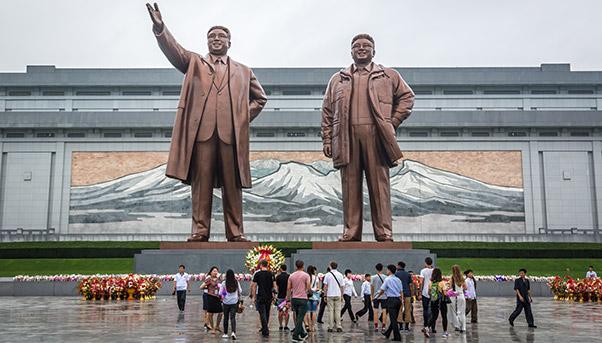
As the clock ticks down awaiting the summit in Singapore between U.S. President Donald Trump and North Korean leader Kim Jong Un, behind the scenes the two countries’ diplomats are working to find an agreement that leads to the process of denuclearisation.
The negotiations are complex and will surely be lengthy, and much of the information is classified. But one thing is certain, because U.S. Secretary of State Mike Pompeo has said so in public: the United States is committed to encouraging foreign investment in North Korea, mainly to improve infrastructure to meet energy needs but also for other works that the country needs to spur economic growth.
The topic of economic development following on the heels of a hypothetical denuclearisation was discussed by the recent and historic meeting between the North Korean leader and the President of South Korean Moon-Jae-in. The question involves the entire Korean peninsula, which needs a more modern infrastructure that connects it, in turn, to the rest of Asia and links it to economic powerhouses like Thailand.
With the support of China, which promised to do its part with investments if the two Koreas sign a peace accord, South Korea has announced it intends to support an infrastructure plan that can benefit its neighbors to the North, like for example building a modern railway capable of connecting the Korean peninsula with China and Russia.
Infrastructure uniting the two Koreas
During the April summit between Kim Jong Un and the South Korean president, Moon handed Kim a USB stick. Loaded inside was the “New Economic Map of the Korean Peninsula”, a plan laid out by the South Korean government to build a modern railway network across the entire peninsula, as well as other large infrastructure projects necessary to re-launch the region.
According to the announcement at the end of the summit, the strategic axis of the “New Economic Map” is the railway network uniting the two Koreas. The Panmunjom Declaration signed at the end of the summit says new railway lines will connect Seoul (capital of the South) with Pyongyang (capital of the North) passing through the city of Kaeseong. The line will continue on past Pyongyang until it reaches the North Korean city of Shinuiji, which sits on the border with China just a few kilometres from the Chinese city of Dangong.
In reality, this railway connection is only the first part of a much more ambitious rail project calling for an investment of $35 billion. The South Korean government’s plan foresees a high-speed rail link between Seoul and Shinuiju, passing through Pyongyang, using the rail beds of six ageing lines that today can carry trains running a maximum speed of 50 kilometres per hour.

High speed trains, diplomacy and world trade
The wide-ranging strategic vision of the project, presented with pride by Moon-Jae-in, depends on two factors: the first is geopolitical and diplomatic; the second is structural and economic. That is because not only will this infrastructure unite the two countries, but it will tighten the links between the peninsula and the rest of Asia – China and Russia in particular. According to the South Korean government, these closer links with the rest of Asia will transform the region into a hub that is strategic for world trade, making it into a transit point for goods travelling from East Asia to Europe. The new rail lines would connect the country with China on one hand, and on Russia’s Trans-Siberian Railway on the other, so that goods leaving the Korean peninsula can reach Europe by land.
The new railways would stimulate economic development in the regions where they pass, especially in the towns and cities where they stop. One of the lines, the Pyongra Line,would connect the two largest cities in South Korea (Seoul e Busan) with Chongjin, the third-largest city in the North, and the North’s Rajin industrial zone, which has the highest per-capita GDP in the country.
Both the economic and geopolitical impact are good cards to play for the positive outcome of the peace talks between the two countries, and on a new-found stability for the region that at this point in its history is linked in to the international trade system, particularly with Russia and China. “Railroad diplomacy” just may be the key to knocking down the invisible wall that has divided the two countries along the 38th parallel for over 70 years.

